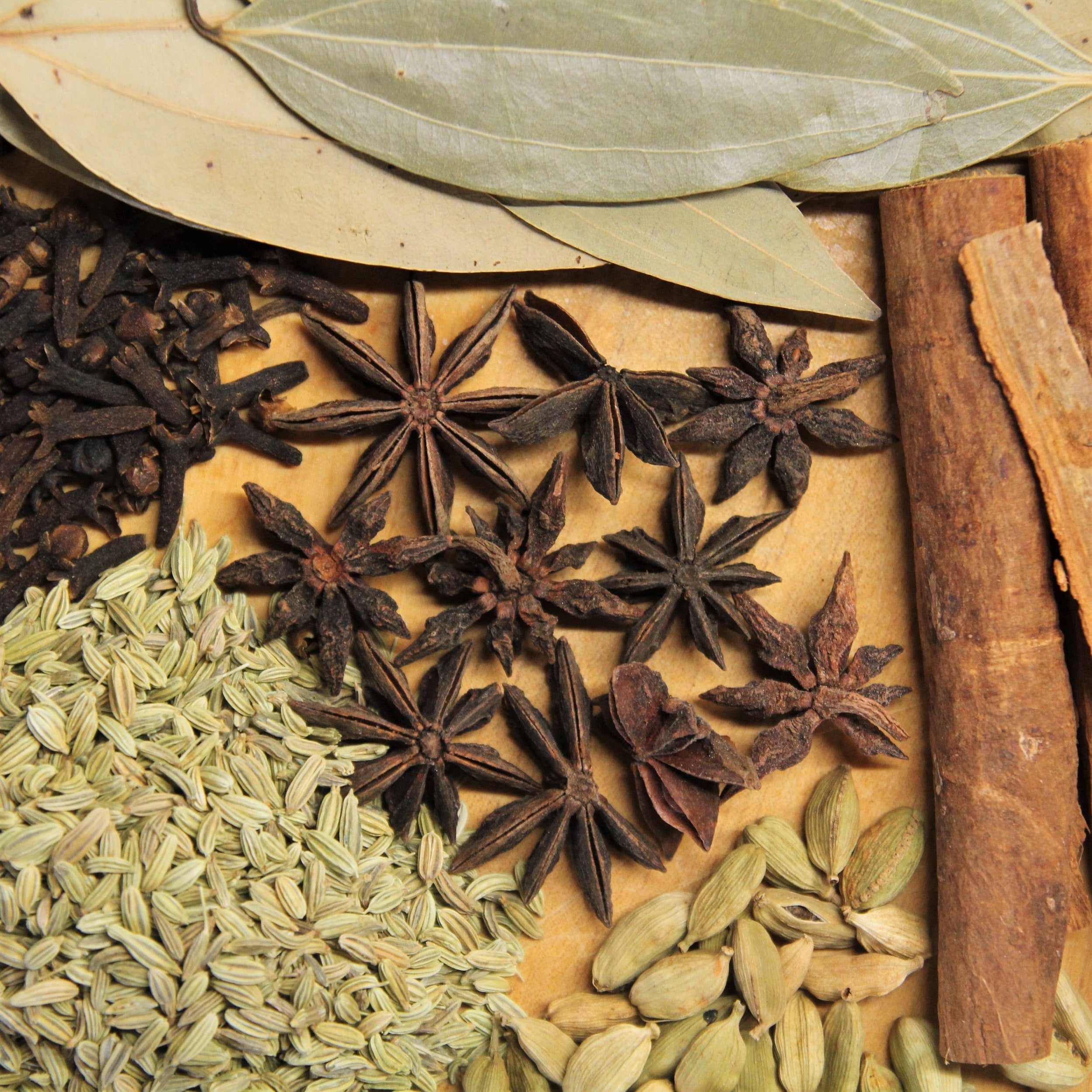What's In Your Gin?
Gin is a spirit that has been enjoyed for centuries and has gained popularity in recent years. This versatile liquor has a distinct flavor, largely due to the herbs used in its production. The herbs used in gin can range from well-known botanicals like juniper to more obscure ingredients like orris root. In this article, we will explore the different types of herbs commonly used in gin and how they contribute to its flavor profile.
Juniper Berries
Juniper is the primary herb used in gin, and it gives the spirit its signature flavor. Juniper berries are blue-purple in color and have a strong, pine-like aroma. When they are crushed and distilled, they release a resinous, woody flavor that is the backbone of gin. The quantity of juniper used in gin can vary, but it must be the predominant flavor.
Coriander
Coriander is another commonly used herb in gin. The seeds of the coriander plant have a citrusy, spicy flavor that complements the piney taste of juniper. Coriander can add complexity to the flavor profile of gin and can range from subtle to assertive, depending on the recipe.
Angelica Root
Angelica root is a less well-known herb used in gin production. It has a musky, earthy flavor that can balance the strong flavors of juniper and coriander. Angelica root is often used in small amounts but can have a big impact on the overall flavor profile of the gin.
Orris Root
Orris root is the root of the iris flower, and it has a floral, perfumed flavor. It is used in small quantities in gin and can add depth and complexity to the aroma and flavor of the spirit.
Citrus Peels
Citrus peels, such as lemon, lime, and orange, are also commonly used in gin production. They add a bright, zesty flavor to the spirit and can complement the piney taste of juniper. Citrus peels are often added to gin during the distillation process, but they can also be used as a garnish when serving the spirit.
Other Botanicals
In addition to the herbs listed above, many other botanicals can be used in gin production. Some of these include cinnamon, cardamom, nutmeg, and licorice root. These botanicals can add complexity and depth to the flavor profile of gin, and they are often used in small amounts to balance the other flavors.
In conclusion, the herbs used in gin production are crucial to its flavor profile. The herbs above are the most common botanicals used in gin, but new styles of gin also use “untraditional” botanicals like sage, cilantro, galangal, and more. Each herb has a unique flavor that can add depth and complexity to the gin, and the combination of herbs used can vary widely depending on the recipe. So, the next time you enjoy a gin cocktail, take a moment to appreciate the complexity and diversity of the herbs that make up this beloved spirit.







